AI in Medical Imaging: Enhancing Diagnostics and Interpretation
Medical imaging techniques like X-rays, CT scans, and MRI scans generate high volumes of images that radiologists analyze to diagnose conditions and diseases. Artificial intelligence is transforming medical image analytics, providing automated and enhanced interpretation for quicker and more accurate diagnostics.
This guide covers the role of AI in advancing medical imaging and the key techniques powering AI-based image analytics:
The Promise of AI in Medical Imaging
AI has emerged as a pivotal technology in healthcare, particularly for medical imaging which comprises a bulk of patient data. Ai offers three significant advantages:
Enhanced Productivity: AI-based image interpretation aids radiologists by automating mundane tasks so they can focus on critical complex analysis.
Superior Accuracy: AI models can detect anomalies and diagnose conditions from scans with greater precision than human visualization.
Operational Efficiency: Automation powered by AI bolsters workflows, throughput, resource planning - providing faster high-quality departmental performance.
With these unique strengths, AI is transforming medical image analytics across specialties:
Applications of AI in Key Medical Imaging Areas
Here are some prominent specialties benefiting from AI in imaging:
Cardiology
- AI algorithms likeConvolutional Neural Networks accurately evaluate heart scans for structure and condition analysis in disease diagnosis.
- Models can delineate ventricle edges, identify weakened cardiac muscles, quantify blood flow, assess coronary artery blockages from CT/MRI cardiac scans.
- This enhances heart disease screening, improving early defect detection and preventing adverse events via timely treatment.
Oncology
- Deep Learning models identify lesions, tumors and classify malignancies from MRI/PET/CT scans with expert-level proficiency aiding early cancer diagnosis.
- Models perform lung/breast nodule detections, brain tumor segmentation assisting precision diagnosis and surgery/radiation planning beforeadmins.
Neurology
- AI automation helps neuro-radiologists efficiently examine and quantify MRI and CT brain scans for abnormalities aiding neurological condition diagnosis.
- Important applications involve stroke penumbra delineation, hemorrhage detection, identifying neurodegenerative structural changes.
Chest Imaging
- AI tools accurately classify chest X-Rays, CTs detecting pneumonia, tuberculosis, lung cancer and tracking disease progression with continuous monitoring.
- Especially crucial during epidemic outbreaks like COVID-19 where AI managed chest imaging workload and infection quantification aiding efficient patient triaging and hospital resource planning.
Key AI Techniques for Medical Image Analysis
Here are the pivotal techniques powering AI advancements in imaging analytics:
Image Segmentation
This involves identifying anatomical areas of interest like organs, blood vessels, bones from complex scans containing multiple structures.
- Algorithms: U-Net, Mask R-CNN (Region Based CNN)
- Applications: Tumor/stroke lesion localization, soft tissue body scans analysis
Image Registration
Registering imagery correctly is vital for analyzing temporal changes by combining scans from different intervals.
- Algorithms: OPTIC (Optimization of Paths for Transfer of Images into Coordinate spaces)
- Applications: Tracing heart deterioration /tumor growth over time through aligned older and newer scans.
Computer Aided Diagnosis (CAD)
CAD systems act assistive radiologists to detect anomalies, diagnose conditions, assess disease deliberation from medical imagery faster and accurately.
- Algorithms: Varied CNNs, 3D Convolutional Networks
- Applications: Cancer/cardiac disease/neuro condition screening and classification
Image Enhancement
Enhancing visual quality aids finer details identification and quantification for precise decision making.
- Algorithms: GANs (Generative Adversarial Networks)
- Applications: Denoising, Resolution enhancement, Bone suppression from chest Xrays.
Real-World Healthcare Applications
Here are some real-life examples showcasing AI's pivotal imaging role:
Enhancing Stroke Diagnosis
- Microsoft's InnerEye ML tool automatically identifies stroke lesions from brain MRI scans aiding urgent treatment decisions.
- The AI assistant quickly delineates damaged tissues through automated segmentation, registering scans over time examining patient-specific brain structural changes.
Boosting Lung Cancer Screening
- Optellum's AI engine assists radiologists examining difficult lung nodules efficiently sorting malignant tumors from benign nodules for early treatment.
- This aids lifesaving detection and intervention before cancer proliferation saving thousands of lives.
Advancing Ophthalmologic Care
- IDx-DR AI platform autodetects diabetes-linked eye condition diabetic retinopathy from retinal scans avoiding vision damage through timely treatment.
- The deep learning tool rivals expert ophthalmologist accuracy boosting screeing rates which are time-consuming manually.
Enabling Population Health Screening
Qure.ai's qXR TB tool automatically classifies chest X-rays detecting tuberculosis across various patient demography aiding streamlined community screening. The AI can also prioritize abnormal cases ensuring timely assessments.
Future Outlook for AI in Medical Imaging
Medical imaging powered by transformational AI techniques shall herald tremendous enhancements in digital health systems across critical dimensions:
- Automating identification, classification, quantification of scan abnormalities enhancing diagnostic precision.
- Operational workflow improvements balancing radiologist workloads more efficiently via ML augmentation.
- Large-scale screening initiatives detecting minimal anomalies earlier lowering adverse patient outcomes through timely care.
- Medical education and training transformation with AI-based interactive simulation platforms.
- Continued AI innovation expanding applications across imaging specialties and overcoming adoption barriers positively impacting patient journeys.
In summary, AI-led disruption of medical imaging offers more reliable, efficient diagnostics - raising healthcare quality through data-driven decisions. Intensive real-world testing and oversight is unlocking immense value.
FAQs About AI in Medical Imaging
Some common queries on AI's role in advancing medical image interpretation:
Q: Does AI aim to replace radiologists in healthcare?
A: Not at all. AI aims to aid and augment radiologists and technicians with automation-assisted diagnostics allowing them greater capacity to handle complex tasks.
Q: Which medical imaging modalities benefit the most from AI currently?
A: Chest X-rays, MRI brain, cardiac MRI/CT scans and certain ultrasound procedures see high AI influence in areas like flagging anomalies and triaging urgent cases.
Q: What are some challenges in adopting AI for imaging?
A: Lack of curated datasets, resolving ethical dilemmas, difficulty explaining certain AI decisions, clinician distrust about reliability are adoption barriers being addressed.
Q: How is AI enhancing real-time imaging modalities?
A: AI shows tremendous scope with live intra-operative imaging for procedures like endoscopies where ML tools could recognize anatomical structures and suggest navigation pathways.
Conclusion
AI innovation forms the catalyst raising healthcare technology transformation to new heights across applications like medical imaging which generates tremendous data. With enhanced productivity and decision making capabilities, AI-powered imaging unlocks superior diagnostics - boosting radiology performance and providing better patient outcomes. Advances through continued R&D ensure care quality improvements bringing positive system-wide change.

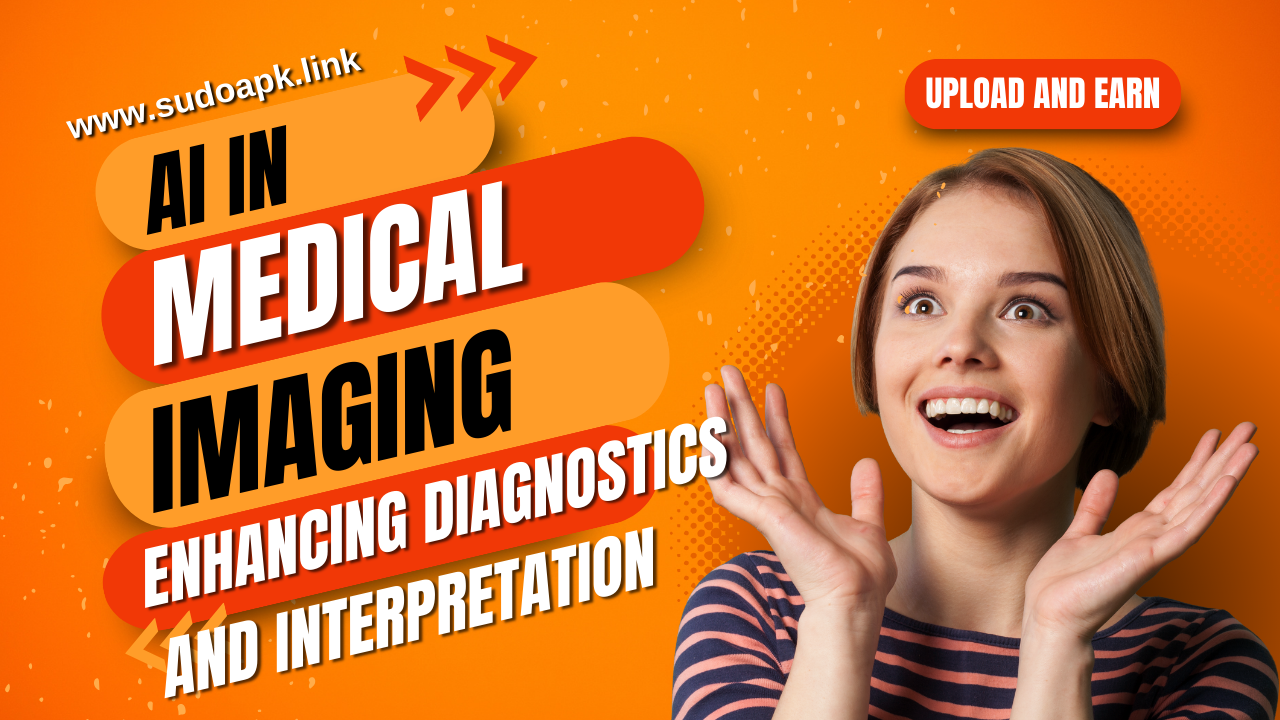
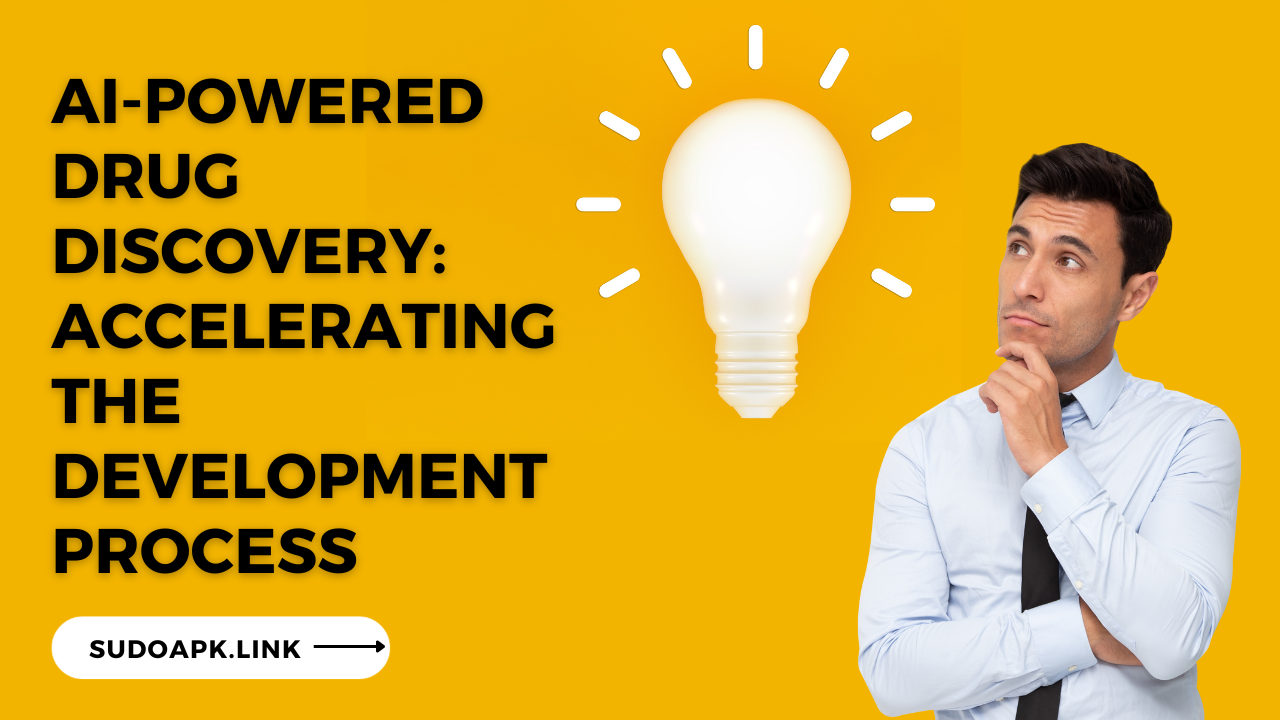
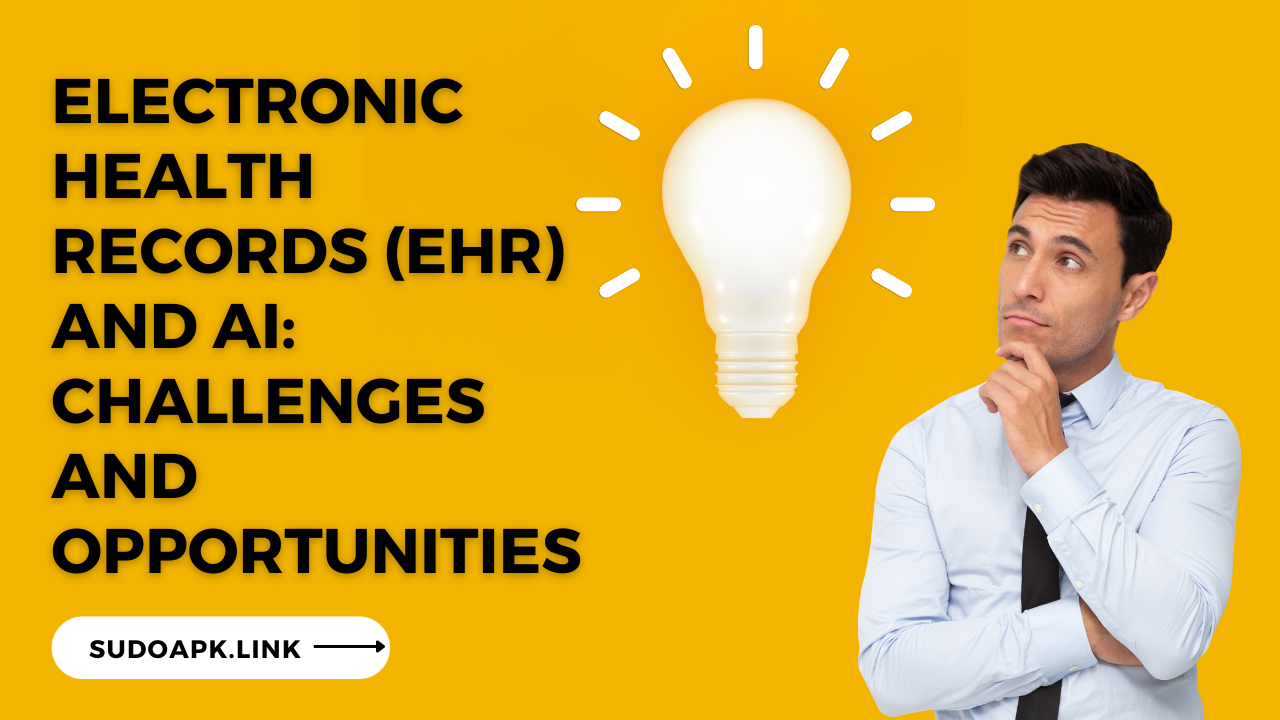
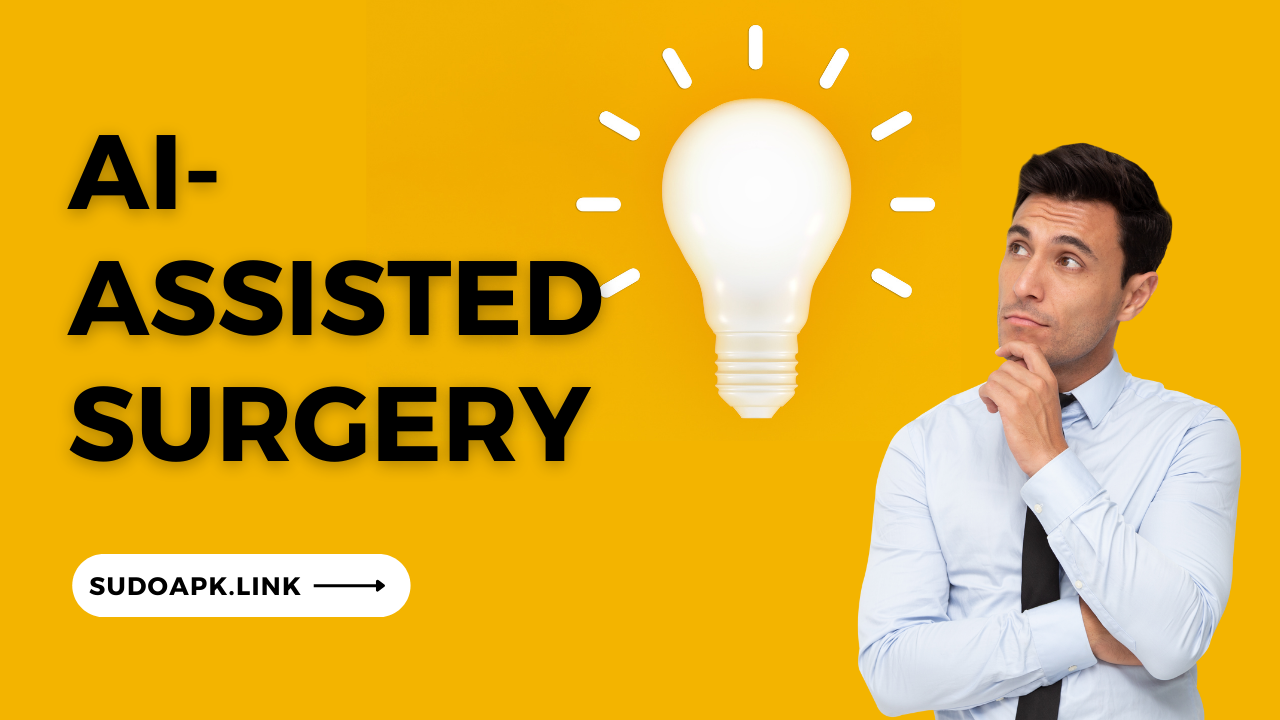

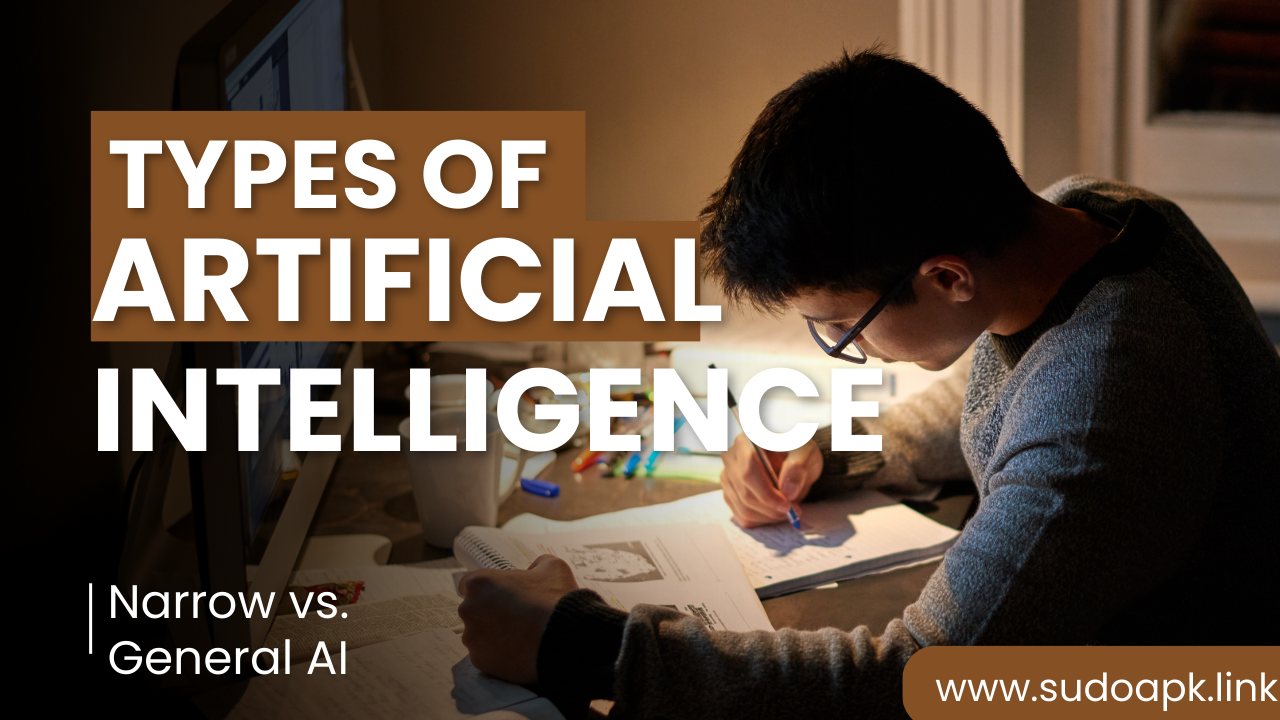


Comments (0)
No comments found